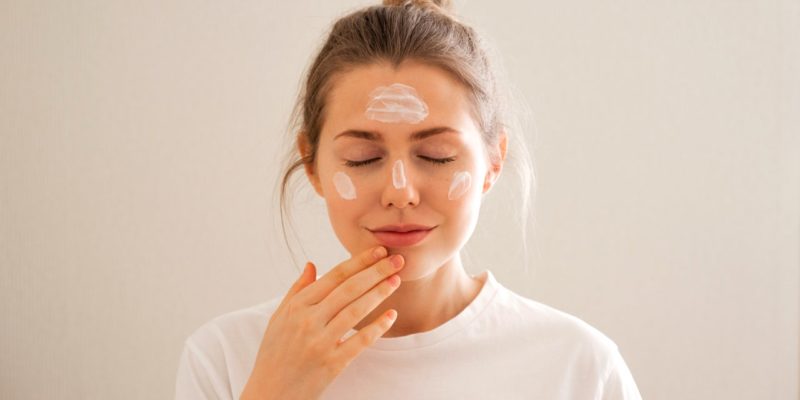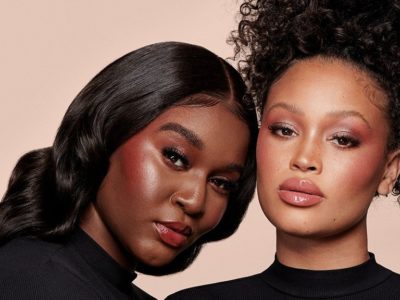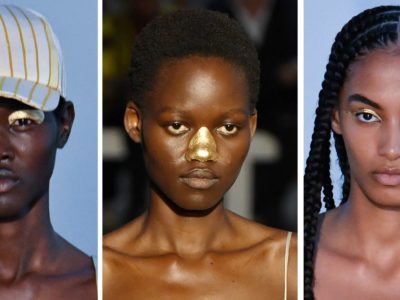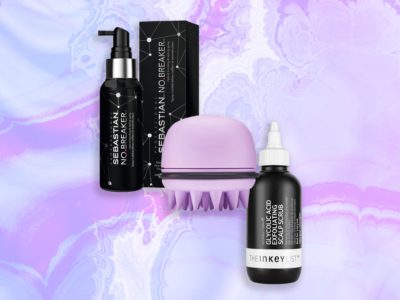
Retinol, to be precise, is the alcohol formulation of vitamin A, not to mention the version most commonly used in skin-care products, according to Chang. “Retinol has been shown to improve tone and texture, dyspigmentation, dryness, and fine lines,” she says. But there’s a catch. “It is less irritating than tretinoin, but also 20 times less potent because it needs to convert into retinoid acid.”
That doesn’t mean retinol isn’t effective, however. “Retinol can benefit skin at levels as low as 0.01 percent to the maximum recommended level of 1 percent,” Robinson tells Allure — great news for newcomers who may want to start at a lower level and work their way up in retinol strength.
Retinyl palmitate, the ester of retinol combined with palmitic acid, is also frequently found in skin care. Retinol esters, in general, are precursor molecules to retinol, which means they need to be broken down first into retinol and then into retinoic acid. “Therefore, they are less potent than retinol,” Chang says.
And finally, there’s retinaldehyde or retinal aldehyde. It’s very stable, Chang says, but it’s also the least potent retinoid of the bunch.
What can retinol do?
You’ve probably heard that almost everyone can benefit from using retinol, and that’s not an exaggeration. “[Retinoids] are keratolytics, which means they increase skin cell turnover and are known to stimulate collagen synthesis,” Farhang says.
So what does that mean for your skin-care concerns and goals? If you’re looking to diminish common signs of aging, it’s highly recommended by experts. “It can help reduce the look of wrinkles, as well as smooth, even out, and firm skin,” Robinson tells Allure.
Although smoothing lines and boosting elasticity may be the first perks that come to mind when you think of retinol, its mechanism can also help with breakouts and what they leave behind. “From an acne standpoint, the increase in cell turnover helps unclog pores,” Farhang explains. “This also helps decrease the appearance of brown or red post-acne spots — post-inflammatory hyperpigmentation — as well as help collagen synthesis for acne scarring.”
Farhang says that the stronger, prescription-strength retinoids are typically used for acne, while over-the-counter formulas are for signs of aging. “Thankfully, a lot of the nonprescription retinoid products have really improved their formulations by having the retinol release over time,” she says.





